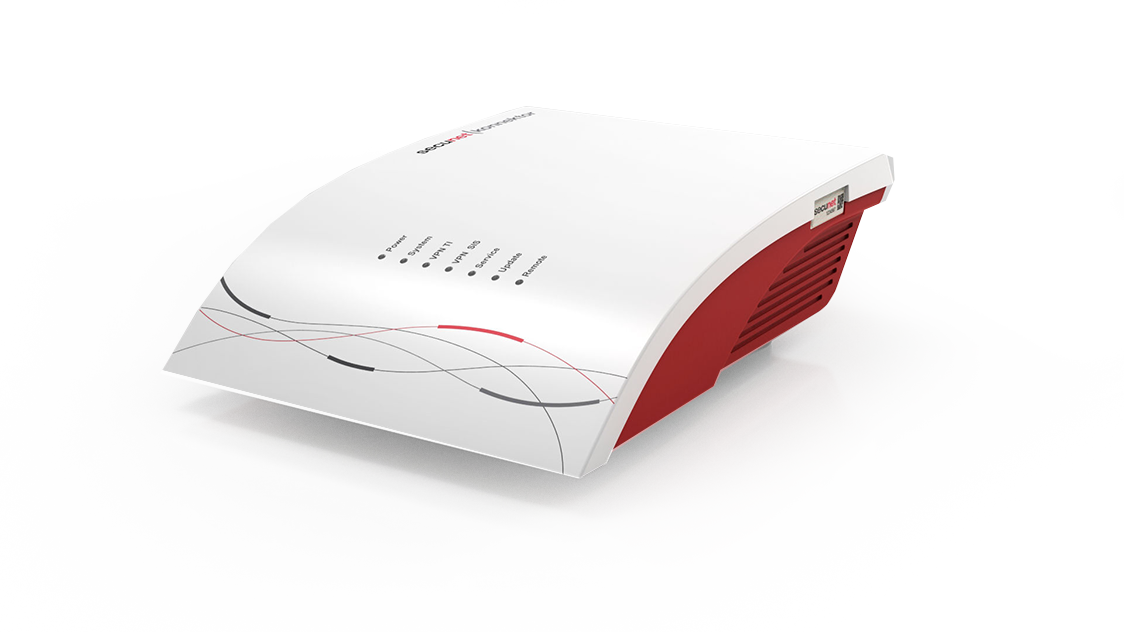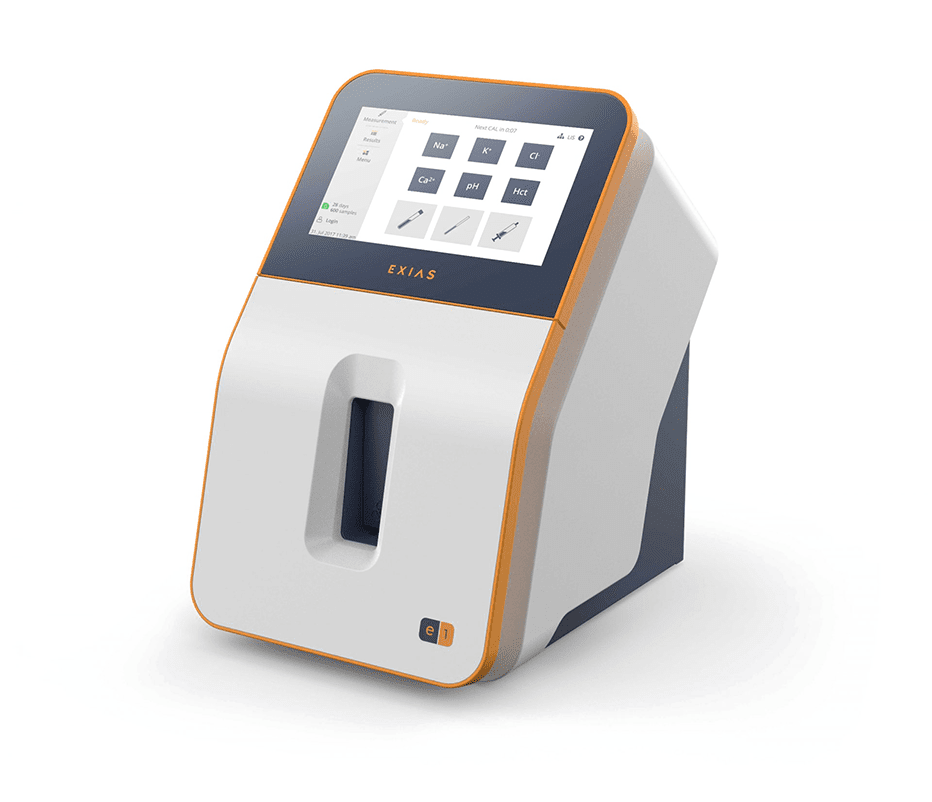System Industrie Electronic Deutschland GmbH
+49 87 1965 7807 0+49 87 1965 7807 20
solutions@sie.at
Welcome to our S.I.E Newsroom. Here you will find all news about our company, press releases, events and press material.
We always consider a true success story to be an interplay of several factors. Exceptionally successful service relationships, partnerships, but also exceptionally successful jointly developed end products
that change and shape markets, sometimes disruptively. We have brought together some of these examples for you in this collection.
Connector for the telematics infrastructure
Together with and for Secunet Security Networks, the “Secunet Connector” for the connection to the telematics infrastructure was designed, developed and implemented. It forms the basis for connecting physicians in private practice to digital services and thus represents an important step on the way to completely digitalized medical technology.
Within the scope of the joint project, S.I.E acted as interface and coordinator of the complex
development and implementation network in addition to its responsibility for system design, system development and system integration as well as production and delivery. In addition, Secunet benefited from the flexibility of S.I.E in the implementation of the required highly secure development and production/delivery process.
The basis for the great success of the project as well as the product was the jointly created understanding of digitalization, the application and the application environment. Together, they made a valuable contribution to secure digital medical technology for the future.

The embedded computer – the brain of your end device. Together with you – our partners – and based on our embedded computing functional blocks, we implement individual but yet quickly available embedded systems with maximum development security.
Within joint projects, based on your business case, the product environment and the specific application, we realize completely individual embedded subsystems for controlling and functionality assurance of your end devices.
Touchscreen interface for improved operability
In cooperation with Exias Medical, the electrolyte analyzer “EXIAS e|1 Analyzer” was designed, developed and conceived for in vitro diagnostics.
S.I.E. as the electronics development specialist was responsible for the conception of an
intuitive and simple operability and developed a specially designed and fully integrated user interface for the medical device manufacturer. As the responsible development partner for the HMI unit, a custom-fit, application-oriented and platform-based modular man-machine interface including the graphical user interface (GUI) was realized.
A cooperation characterized by trust and openness along each development phase was the basis for the success of the analyzer with the claim to function as a fully digital mini-laboratory

Based on many years of experience and various projects in the field of operation and interaction with various end devices, S.I.E develops full custom human machine interfaces for its partners utilizing a wide range of reusable assets (e.g. circuit designs, components, etc.).
In joint projects, in addition to the product environment, application and usability requirements, topics such as user experience and user journey are highlighted in order to guarantee custom-fit solutions.

Sami Badawi
Head of Marketing & Corporate Communication CSR Delegate
Landshut, DE
Arrange a callback now
Zum Absenden des Formulars muss Google reCAPTCHA geladen werden.
Google reCAPTCHA Datenschutzerklärung
Zum Absenden des Formulars muss Google reCAPTCHA geladen werden.
Google reCAPTCHA Datenschutzerklärung
Zum Absenden des Formulars muss Google reCAPTCHA geladen werden.
Google reCAPTCHA Datenschutzerklärung
Zum Absenden des Formulars muss Google reCAPTCHA geladen werden.
Google reCAPTCHA Datenschutzerklärung